EIC Pathfinder Challenge on biohybrid devices
Author
Christa Ivanova, PhD
Publication Date
February 25, 2024
Status
Keywords
Solar-to-X
biohybrid devices
decentralized energy
Carbon Capture & Utilization
PV-EC
synthetic fuels
sustainable energy
photosynthetic devices
Your microfluidic SME partner for Horizon Europe
We take care of microfluidic engineering, work on valorization and optimize the proposal with you
What is the Solar-to-X call about?
Current technologies for producing synthetic fuels and chemicals from renewable sources, like Power-to-X or Carbon Capture and Utilization (CCU), face high energy losses and the challenge of scalable, affordable renewable electricity. Solar-to-X technologies offer a solution by directly converting solar energy and available molecules (e.g., water, carbon oxides) into fuels and chemicals within a single device such as biohybrid systems, simplifying the process and supporting decentralized energy systems.
This challenge seeks innovative solar-to-X solutions that address unmet societal needs, are self-sustaining, and provide mutual benefits for prosumers and the environment. It excludes conventional designs and emphasizes fully-integrated systems that bypass the need for intermediate energy conversions.

The EIC Pathfinder is a funding program within Horizon Europe designed to support research teams by financing research to establish the scientific foundations necessary for groundbreaking technologies and supporting the initial phases of scientific, technological, or deep-tech research and development. You will find more information on the current EIC Pathfinder Challenge calls here.
Learn more about our European projects related to biohybrid systems such as BioProS, DarChemDN, Phototrain and ActiveMatter.
How can the MIC help with your project?
- Create microfluidic systems for droplets to encapsulate photosynthetic enzymes
- Develop miniaturized biohybrid devices
- Develop fine-tuned flow control systems for coating techniques (e.g. spin coating)
The MIC as the perfect SME partner
The participation of SMEs is strongly encouraged in Horizon Europe projects as they are very well positioned to bring new innovations to the market. In our case, we specialize in microfluidic technologies and can develop a high-precision, automatable perfusion system to advance the state-of-the-art in solar fuels, artificial photosynthesis and biohybrid devices.
In addition, we can also develop solutions for coating processes with high-precision pressure, volume and flow control, which are important for the production of thin films, such as spin coating in solar cell production.

Objectives of the call
The challenge aims to advance solar-to-X technologies across three specific areas:
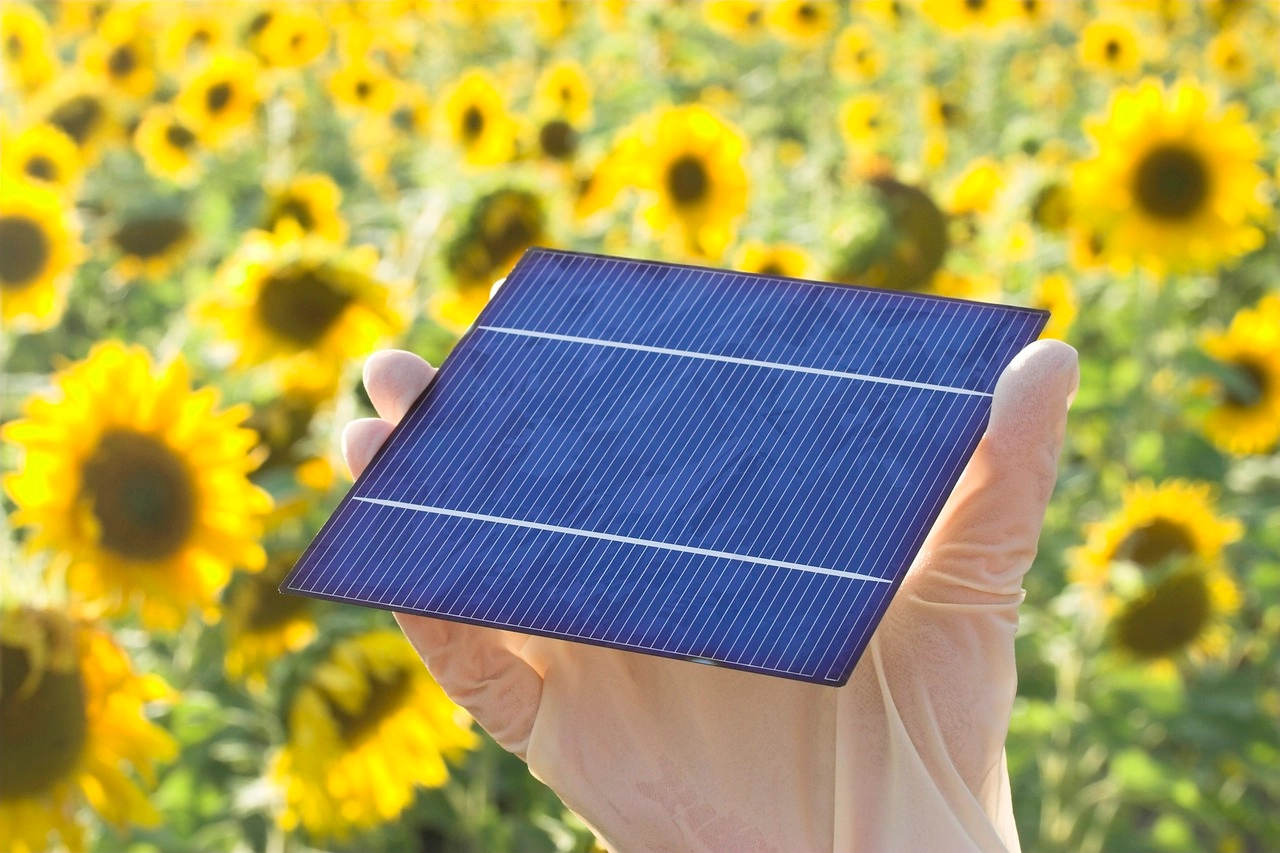
Area 1: Standalone solar-to-X device development
- Develop devices that convert sunlight and simple molecules (e.g., water, carbon oxides, N₂) into fuels, chemicals, and materials, for example biohybrid systems.
- Simplify production chains to produce complex products directly from simple feedstock, beyond hydrogen or carbon monoxide.
- Design systems that operate independently, providing sustainable energy and local production capabilities to communities and remote areas, including biohybrid devices.
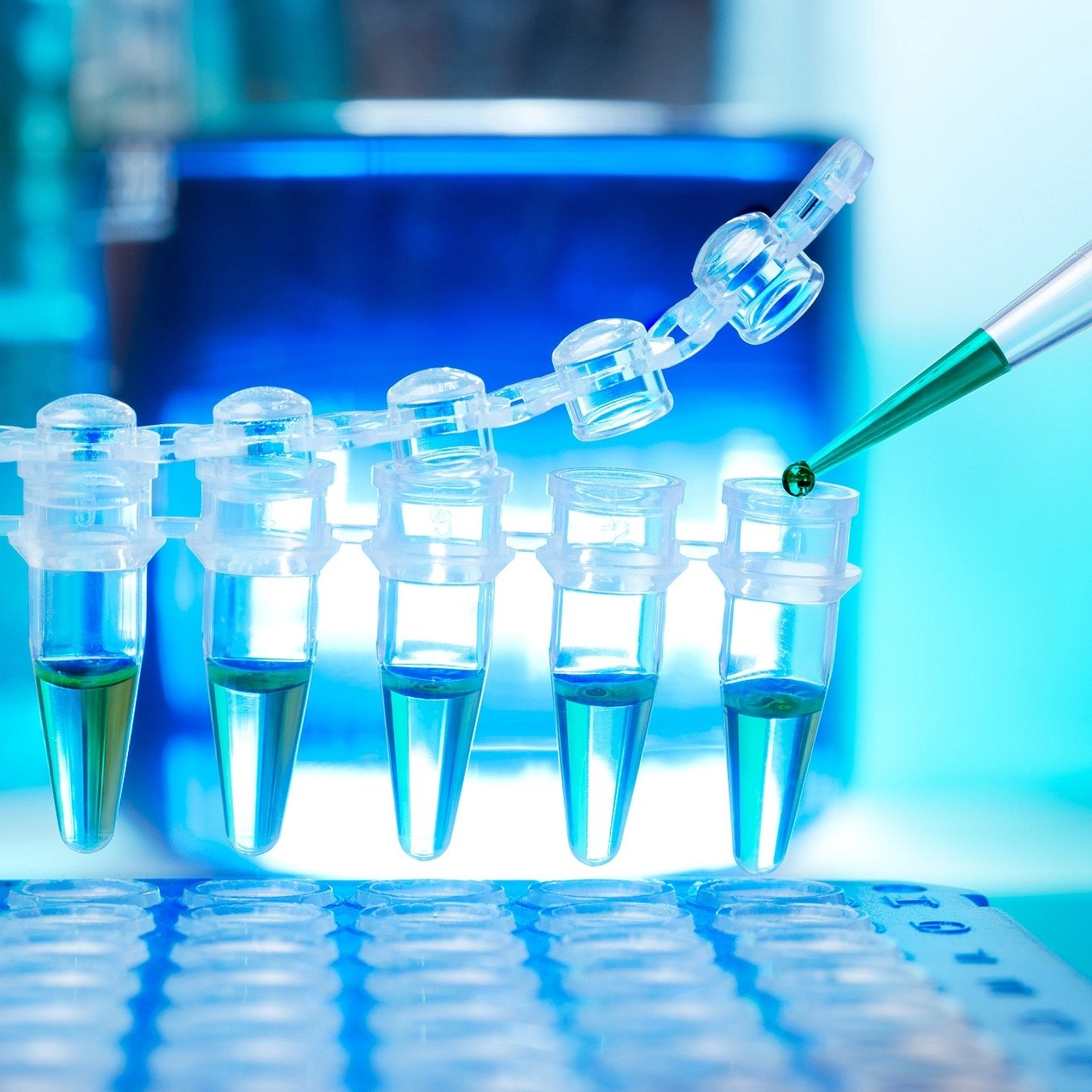
Area 2: Benchmarking and common metrics development
- Create common metrics, protocols, and equipment for standardized comparison of solar-to-X technologies such as biohybrid devices and many more.
- Develop a holistic framework with key performance indicators for different technology categories such as biohybrid systems.
- Use devices from Area 1 to validate methodologies, protocols, and equipment.
- Ensure broad stakeholder acceptance through co-creation workshops and outreach activities.

Area 3: Understanding fundamental mechanisms via computational materials science
- Investigate fundamental phenomena crucial to various device architectures to enable next-generation solar-to-X devices such as biohybrid devices.
- Promote accurate, resource-efficient quantum mechanical methods for theoretical-experimental comparisons.
- Bridge atomic, mesoscopic, and macroscopic scales within a multiscale approach.
- Use Area 1 devices to validate theoretical models, e.g. for biohybrid devices.
Each area focuses on innovative development, standardization, or fundamental research to advance solar-to-X technologies for decentralized, sustainable energy solutions such as biohybrid systems.
What are the expected outcomes and impact?
The challenge on solar-to-X focuses on the development of devices that store sunlight as fuels and chemicals to support decentralized energy, transport, and production systems, including biohybrid devices. The portfolio of selected projects is expected to:
- Advance device maturity and efficiency (Area 1).
- Develop common metrics and protocols for fair comparisons (Area 2).
- Explore fundamental mechanisms of device architectures (Area 3).
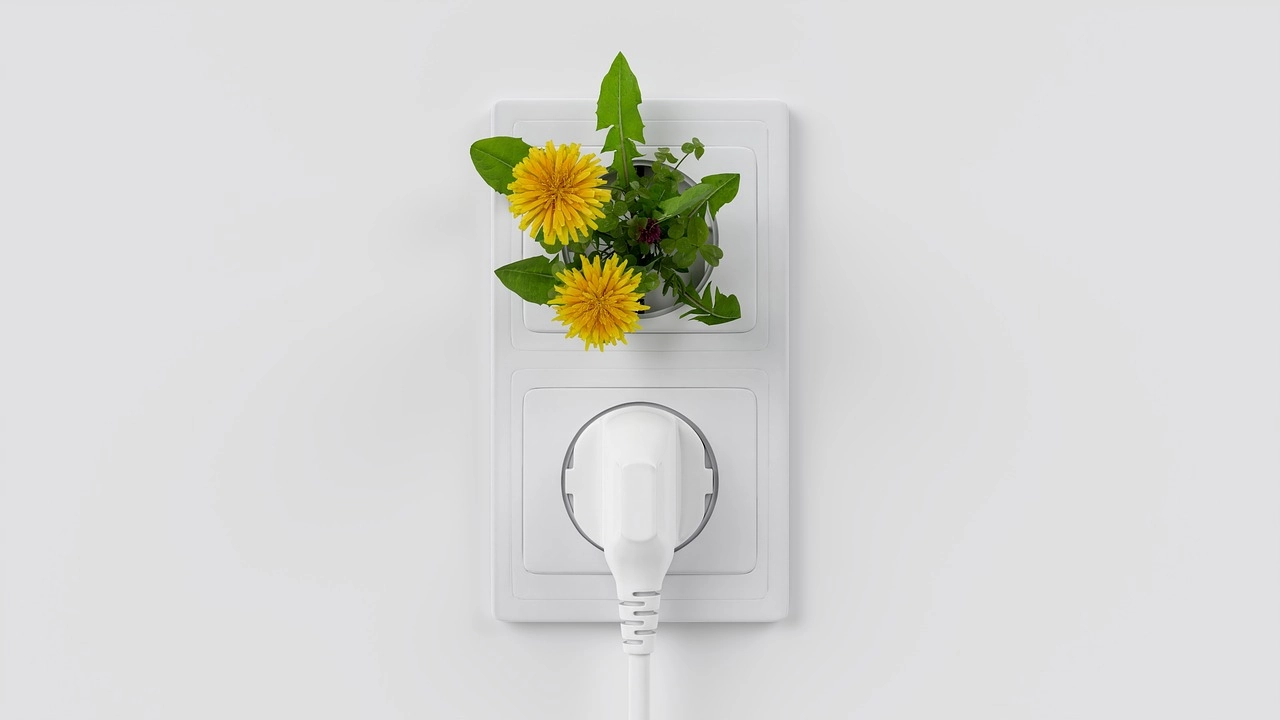
Projects should target impactful end products for sectors like energy, transport, construction, and agriculture. Systems must be cost-efficient, use local feedstock and sustainable resources, and minimize reliance on rare materials. Proposals should address a market need, specifying their technology area (e.g., novel electrolyzers, fully-integrated PV-EC, photosynthetic devices, solar-driven biological conversion devices). An interesting area are biohybrid systems.
In Area 1, proposals are categorized into four device types: novel electrolyzer designs, fully-integrated PV-EC devices, photosynthetic devices, and solar-driven biological conversion devices. Photosynthetic devices are further divided into four sub-categories: photo(electro)chemical devices, particulate systems, biohybrid devices, and thermally-integrated devices.
The following table, published by the European Commission, summarizes the device categories.
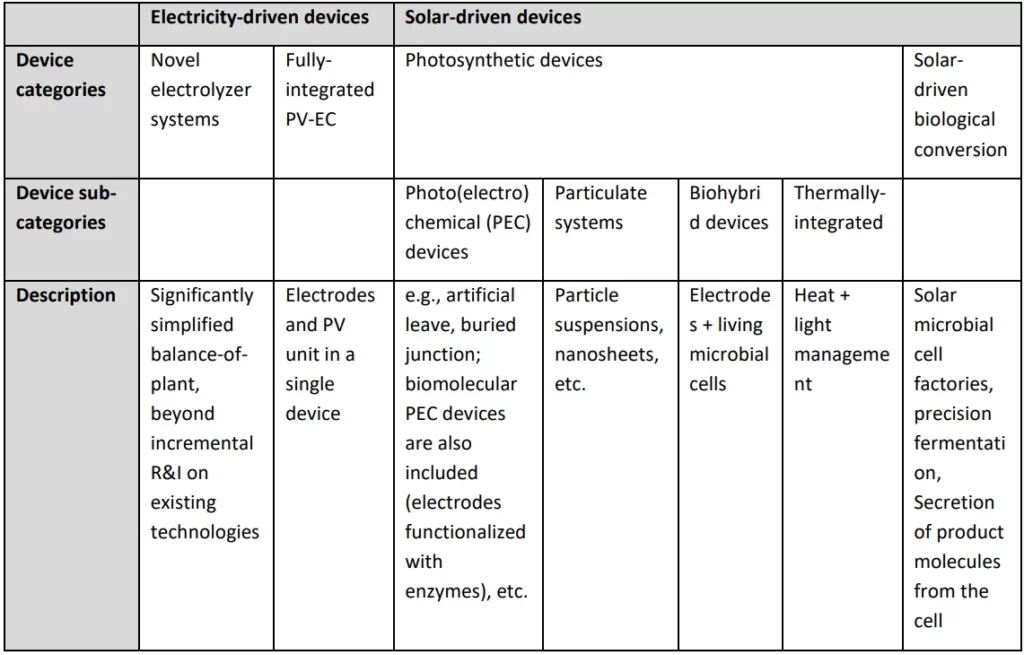
In summary, the MIC can develop:

- Innovative instruments tailored to your application
- Encapsulation of biocatalytic reactions in artificial cells
- Automated perfusion setups for biocatalytic reactions
- Advice on the development and dissemination of proposals and support for the market launch of innovations.
We are happy to join your research consortium as an SME partner also for other topics. Calls that we are particularly interested in are:
- The Mission Soil calls on living labs
- Mission Soil: Call on “Harnessing the multifunctional potential of soil biodiversity for health cropping systems“
- Mission Soil: call on “Soil health, pollinators, and key ecosystem functions”
- Mission Cancer: call on “Accessible and affordable tests to advance early detection of heritable cancers in European regions”
Download the MIC Horizon Europe 2025 Calls Calendar:
The MIC already brings its expertise in microfluidics to Horizon Europe:
H2020-NMBP-TR-IND-2020

Microfluidic platform to study the interaction of cancer cells with lymphatic tissue
H2020-LC-GD-2020-3
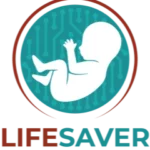
Toxicology assessment of pharmaceutical products on a placenta-on-chip model
FAQ - EIC Pathfinder Challenge on biohybrid devices
What is the fundamental scientific problem that is addressed in this call?
The current energy production from renewable fuels involves sequential conversions: solar-electricity and, subsequently, electricity-chemical bonds. Power-to-X systems lose 30-40% in round-trip efficiency; Carbon Capture requires significant electrical power. Solar-to-X reduces this to a single integrated product that couples photons with simple molecules (water, CO2, N2) to products. Consider biohybrid systems that combine photosensitizers with enzymes, or that use artificial photosynthesis. The proposal is radical: sunlight and air to non-intermediate electricity infrastructure fuels. This call is for financing early-stage work at TRL 2-4 and for transitioning from validated concepts to prototypes that demonstrate stability under realistic conditions.
What are the three areas, and what is the point?
In area 1, the development of standalone devices is organized into four categories: novel electrolyzers, integrated PV-electrochemical cells, photosynthetic devices (including the biohybrid subcategory), and solar-driven biological conversion. Area 2 develops benchmarking infrastructure, standardized metrics, protocols, and validation equipment, since the consideration of different Solar-to-X technologies nowadays includes incomparable performance indicators. Area 3 explores the basic processes on a computational level, between the atomic and macroscopic levels. The architecture is designed to be interdependent: Area 1 has real devices that will be used to test Area 2, and Area 3 would be used for theoretical benchmarking. Select one area, but remember to note the logic of the portfolio in your proposal.
What is significantly different about biohybrid devices?
Biohybrid devices are engineered devices in which biological catalytic components, such as enzymes, photosynthetic complexes, and engineered microorganisms, are grafted onto synthetic light-harvesting materials. You take advantage of the evolutionary optimization of reaction specificity, which synthetic catalysts struggle with. A common design involves connecting semiconductor nanocrystals to hydrogenase enzymes to produce hydrogen, or attaching enzymes to reduce CO 2, or combining enzymes with photoelectrodes. The interface problem is inhumane: biological elements offer unparalleled selectivity but require narrow pH ranges and are not very stable. Achieving transfer rates comparable to those that do not denature your biocatalyst, and at the same time allowing a hundred hours of operational lifetime, are success stories. This is not catalyst optimization in a gradual fashion, but it is hybrid machinery engineering.
What is the actual technical value of microfluidics?
Three concrete mechanisms. Droplet encapsulation performs biocatalytic reactions in artificial compartments, allows high-throughput screening of enzyme variants or combinations of photosensitizers, and controls substrate delivery. The tight environmental windows (pH, ionic strength, substrate concentrations) these systems demand are ensured through precision perfusion and real-time feedback, which is not possible in batch reactors. Arrays of modular microreactors enable parallel, systematic variation of interface chemistries, including electron mediators, immobilization approaches, cofactor recycling, and successful scale-up configurations. The automated perfusion, droplet generation, and sensorized flow control of the MIC directly address the stability-throughput trade-off that makes biohybrid development resource-intensive. Such is the point of device-level integration.
Which performance metrics distinguish proposals in practice?
Stipulate the solar-to-product conversion efficiency at AM1.5G light, over what period of time, and with what selectivity. In the case of biohybrids, enzyme turnover numbers, photosensitizer quantum yields, and most importantly, stability values are to be added; operational lifetime before a 20 per cent loss of activity, photoinhibition tolerance, and resistance to reactive oxygen species. Compete against the existing best-in-class of your particular product, rather than the theoretical limits. Targeting methanol from CO2? State numbers in competing photoelectrochemical and biological methods. Include sensitivity analysis: what are the degrading metrics in feedstock impurities or diurnal cycles? The evaluators desire quantitative, state-of-the-art knowledge and an accurate definition of how your innovation advances it. Out-of-context generic efficiency claims are noise.
Which is the best way of balancing biological and materials expertise in consortia?
Good consortia do not have biologists and materials scientists working down parallel lines, but rather on the same line. And your photochemist develops charge-separation interfaces; your enzymologist develops models of catalytic mechanisms and stability limits; your microfluidic engineer develops platforms on which interface chemistry and enzyme environment change systematically; your computational modeler predicts which interface-engineering choices enhance electron transfer without disrupting structure. This needs partners who actually appreciate each other’s limitations, enzymologists who are aware of applicable redox potentials and electron-transfer timescales, and materials scientists who are aware of the effects of pH on surface chemistry. A combination of three to five partners with complementary skills and an SME to be integrated is much better than eight partners with similar skills. Previous teamwork history is more important than a geographical mix.
What is the TRL progression that should be proposed to demonstrate?
TLR 2-3: validated concepts and initial proof-of-principle. Start with validated concepts and initial proof-of-principle, and deliver robust TRL 4 prototypes demonstrated in realistic conditions with measurable metrics. Devices used in Area 1 must demonstrate operation for hundreds of hours under realistic illumination, product selectivity of over 90 percent, and Solar-to-Product efficiency with sufficient projection of effectiveness to economic viability. Area 2 provides reported protocols that are interlaboratory-validated across different device types. Area 3 needs predictions of untested conditions through computational modelling, which is verified against Area 1 experimental results. It is the premature optimization (TRL 5-6, which fall outside this group) or pure science (TRL 1-2 without validation) trap that is being pursued. Demonstrate your knowledge of basic questions at engineering boundaries.
What are the technical risks that prevail, and how to deal with them?
In the case of biohybrids, enzyme stability takes first place: photoinhibition, reactive oxygen species, loss of cofactors, and protein unfolding at interfaces. Mitigation needs to be highly detailed- not only will we optimize, but we will screen 15 enzyme variants out of directed evolution, test 3 immobilization chemistries that conserve hydration shells, and apply sacrificial ROS scavengers that have been discovered in WP2. Then, the interface charge transfer follows: demonstrate preliminary electron transfer rates similar to enzymatic turnover, and systematically optimize. Be frank about scalability: at the milligram scale, 10% photosensitizer synthesis, chemistry development, or different materials are needed.
At this point, what are the plausible exploitation routes?
Do not commit to making commercial-sized solar fuel. Attention: The locations where costs justify decentralization and specialty products are in remote mobility with Hydrogen, in high-value chemical formation where selectivity is significant, and in demonstration projects where Solar to X and CO2 point sources occur together. In the case of biohybrids, for example, one can think of diagnostic applications where biological specificity provides unique sensing capabilities, record actual material and manufacturing complexity cost estimates. Find real stakeholders such as industrial partners, utilities, energy-access NGOs, who have letters indicating actual interest. Exploitation demonstrates the knowledge to achieve high-value chemical formation where selectivity is significant, from TRL 4 prototypes to deployment settings, not wonders.
What are some of the most common errors that hurt Solar-to-X proposals?
Biological systems that are not bio-inspired lack the scope of call. Proposals for devices that do not provide preliminary interface characterization of your biological and synthetic components are actually communicating. Projections of component efficiency without considering interface losses or system inefficiencies. Data of stability at the hour scale under conditions of one-hundred-hour demonstration expectations. Leaving out complex decentralization systems that need infrastructure does not lend itself to distributed prosumer applications. Poor benchmarking against theoretical limits, but not competing technology. Lack of portfolio logic: Area 1 proposals that do not recognize Area 2 benchmarking or Area 3 modeling validation. Single-pathogen emphasis on wrong call, abstract theoretical research, and empty promises of translations.
